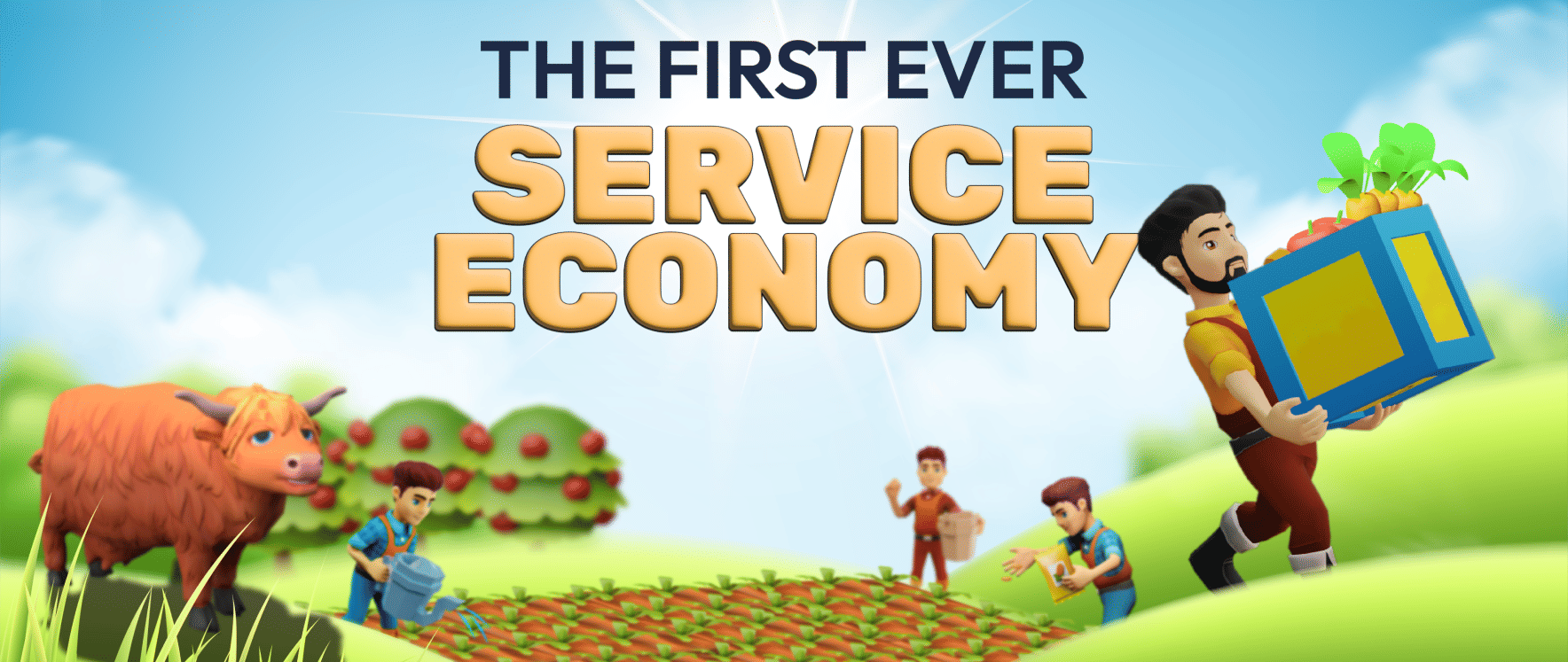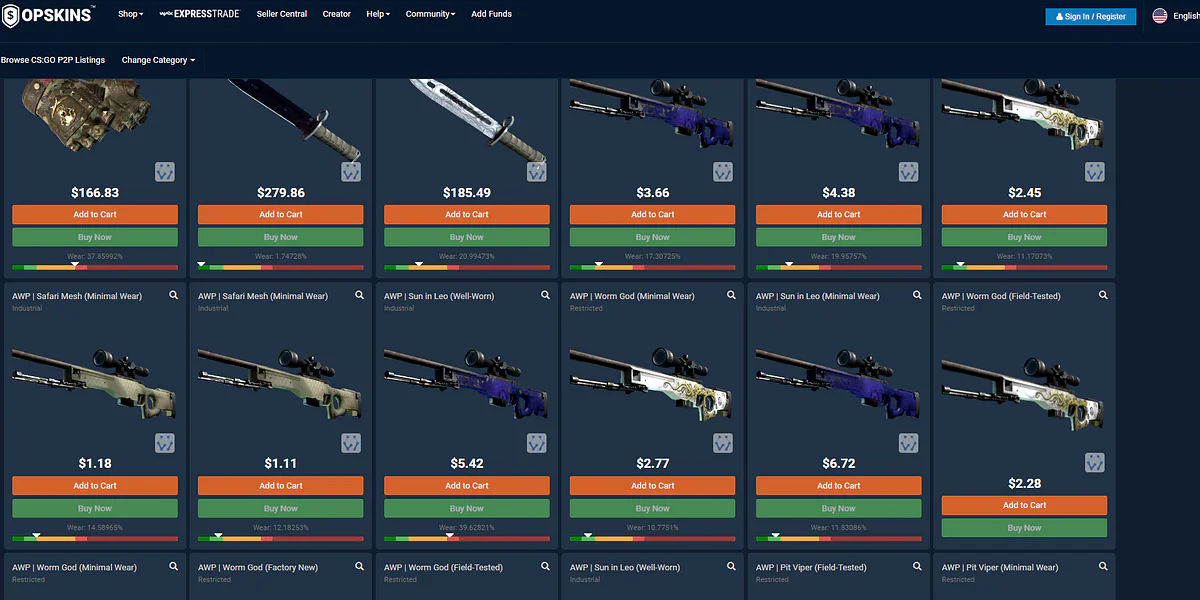
CropBytes is all set to enter a new generation of web3 games with the implementation of service economy. This will enable gamers to sustain an income without an investment, and create a revolutionary economic design for blockchain games.
Before getting deeper into it, we need to take a step back.
We’ve come a long way from complicated machinery simulating a simple game to complicated games that use simple machinery.


1 in 3 people in the world play video games! This industry has grown so quickly that even a millennial has experienced the basics and the cutting edge of gaming. Gaming is so intuitive that today it is the largest entertainment industry, valued at over $300+ Billion.
Making it real!
Over these years, the desire to build a realer game has brought many advancements in its wake. We have seen better graphics, artificial intelligence, haptics, consoles, VR, and so much more. Not just the tech, but also the meta around video games have gone up to a different level. Which means that for fans, there’s stuff to do within the game and also outside of it.
Before web3 showed up, there were already many traditional gaming communities that had created a marketplace for trading their favourite game assets. Items trading on Steam, selling of accounts, exchange of game assets on Ebay, etc are some examples.

The concept of Game community was well embraced by studios. Steam is the perfect example for it.
Through blockchain tech, communities can be made a real time extension of the project: where players own their assets and decisions that they take may impact the game economy. A real economy involving real money is the next big thing in video gaming. The tools created by the blockchain revolution have found a perfect utility in achieving this reality. And it’s right on time.
But there’s a catch.
Games like CS-Go, Fortnite, World of Warcraft, etc created community economics but that’s solely because these are fantastic games. Not the other way round. Web3 games today aren’t in their best shape in terms of gameplay. Rather, the focus here right now is to create great economics, to gamify finance.
Blockchain games that came out during the play-to-earn era were often unsustainable because developers were more focused on making a quick turn around for themselves and the players rather than creating a lasting product.
Among all the noise around NFTs and GameFi, CropBytes has been building for the long term. Started out in 2018, all development since then has been to make the game economy last forever. The strong and sustainable economy of CropBytes, which is a Play & Earn game, has always been overshadowed by ‘Play to Earn’ games. And why not? After all these P2E games had already declared web3 games, a reason to quit your jobs.
P2E is not there yet. Beyond all the hype, there’s a lot more clarity on this during the bear. In a time where every blockchain game should be working towards a sustainable economy model, it seems only CropBytes is taking any solid efforts.
What does the service economy solve?
The service economy is the key to making play-to-earn sustainable. How does it do this?
To generate a constant income by spending time, the game economy has to generate wealth that can then be utilised by players to earn a sustained income through gameplay. But wealth generation cannot be a task that’s pushed to gamers alone. The game economy also needs to host investors and traders.
Check out Tegro’s take on generations of web3 games which dives deeper into different levels of economics.
The concept of a service economy can be applied to all aspects of life, not just videogames. The general idea is that those with money will want to pay others to do things for them that they don’t have time for. In CropBytes’ context this could be something as small as paying someone to grow crops, or feeding animals. In the world of videogames, it’s not uncommon for players who are loaded with in-game cash to outsource some of their playtime to others who might have more time on their hands.
No video games today have a service-based economy as a key component. We do see lending as an option. NFT owners lend their assets to gamers who earn through gameplay in Axie Infinity or Pegaxy. But this is not a core loop in the game economy.
Service economy is built into the system that creates a pure play to earn experience.
Before the end of this year, the first ever service economy feature in web3 games will go live in CropBytes.
Post the launch, wealth will be bought by Investors who seek long term growth, market liquidity will be provided by traders of game FTs, and finally the gamers: who will play to maintain farms owned by investors in exchange for an income.
Apart from liquid markets fueled by FTs, and a 4 year old community, service economy is yet another advantage that will help CropBytes further secure its future.
- CropBytes Community- Join Now
- Explore CropBytes: https://tapx.link/cropbytes
- Get instant updates- Subscribe
- Download the app- Android | IOS
- How to play ?- Learn Now
Follow On CropBytes on Social — Facebook, Twitter, YouTube, Instagram
